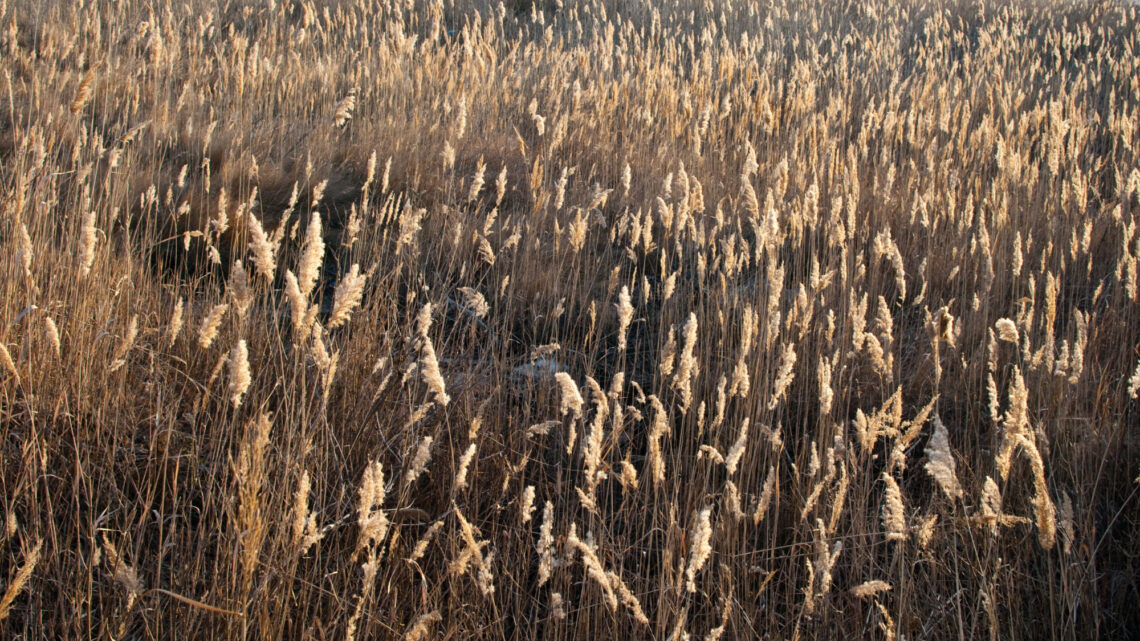Invasive Species

Many non-native plants, animals, insects, and other organisms live in the Mid-Atlantic region. Non-native species do not naturally occur in an area but are introduced, whether deliberately or accidentally, by people. Some non-native species become invasive species. Invasive species establish and multiply at the expense of native organisms, causing harm to the local environment. There are 200 known invasive species in the Chesapeake Bay watershed like blue catfish, nutria, emerald ash borer and phragmites and 280 invasive plants in the broader Mid-Atlantic region like bamboo, garlic mustard, and Japanese honeysuckle.
In the watershed, after habitat loss, invasive species are a top threat to native plants and animals. In addition to harming the local environment, invasive species management (removal and preventing spread) is a huge expense.
Connecting to Issue Investigation
Invasive species harm an ecosystem by pushing out or preventing native organisms like plants and animals from thriving. The species can also prevent a habitat from providing the ecosystem services that benefit people and surrounding habitats like filtering runoff and supporting pollinators. Investigations that assess the quality of the local environment may lead to invasive species removal and/or education as a solution.
For those working towards green school awards, this action can reduce a school’s environmental impact if invasive species are removed from school grounds.
Facilitating Student Action
Students should continue to have opportunities to share ideas and opinions throughout the process of identifying, planning, and implementing action. Listed here are just a few ways students can stay engaged while working on this solution—but there are many more! The complexity of each activity/task can be adjusted for each grade level.
Protect - students can identify habitats threatened by invasive species and advocate for their protection. Because invasive species are so widespread, this can include habitats of all sizes, from schoolyards and backyards to local parks. Students of any age can write letters to the habitat owner. If the habitat is threatened and owned by the government, students can submit their opinions to the town or county councils.
Restore - students can identify habitats already impacted by invasive species and advocate for restoration. Using age-appropriate resources, students can identify invasive species. If the invasive species are plants, students can remove them or find volunteers to help, and suggest native plant replacements to improve the habitat.
Educate - students can educate others on how to identify invasive species and what to do if they are found. Depending on the age of students, this can take many forms from pamphlets, letters, skits, signs, and posters.
Advocate - students can reach out to decision makers and request continued monitoring and management of invasive species. These decision makers can be at their school, school district, a homeowner’s association, or the town and county government. Students can write letters or present to these decision makers about the importance of managing invasive species or give tours to areas threatened by invasive species.
Monitor - students can monitor a nearby habitat for invasive species and take appropriate action once some are found. Monitoring can happen with students of all ages. Depending on age, they can identify the species using pictures or field guides.
Share and Celebrate - students can share their work with the school community by giving tours of improved areas, giving presentations, creating displays, or writing and delivering morning announcements. Students can also write articles, press releases or invite reporters from the school paper and the local newspaper.
Invasive Species Resources
Plant Invaders of the Mid-Atlantic Natural Areas from the National Park Service and U.S. Fish and Wildlife Service is an informative guide that not only includes pictures and descriptions to help with identification but also talks about the ecological threat and history of the invasive plant.
Mistaken Identity? Invasive Plants and their Native Look-Alikes for the Mid-Atlantic is a comprehensive identification guide. Each invasive plant in this guide is paired with a similar
Invasive.org is a comprehensive website that includes information on invasive species, maps, and management information. The species list includes all types of organisms, not just plants, but you must search by name, not picture. A useful resource for adult partners or older students.
